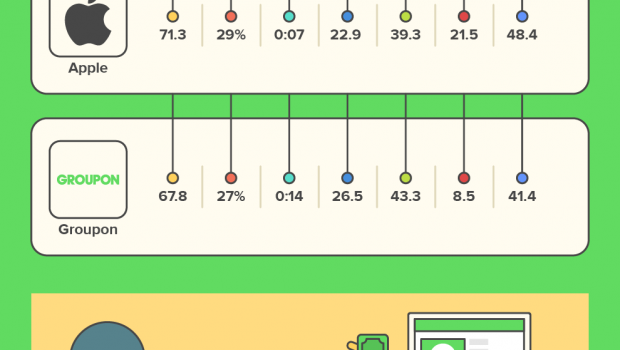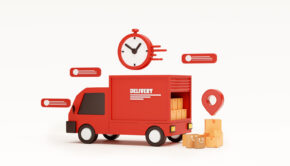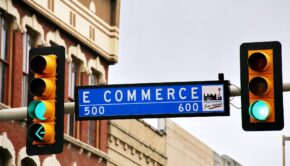The Groupon Effect [Infographic]
Need a great deal in a hurry? Groupon offers clients the chance to save a decent amount of money, when and where it suits them. It is a simple enough principle.
The business registers with Groupon. They have to offer a discount of at least 40% to qualify. Groupon lists the deal on its site free of charge. A client buys the Groupon voucher on the site and Groupon gets a cut.
The client has paid upfront for the deal, meaning that she is much more likely to follow through and take up the offer. When she visits the business, or the website to redeem her Groupon, you can cross-sell her something else.
Say, for example, that you are a restaurant. Your voucher could be for something like buying one dessert and getting one free. You know that people are going to come in and probably order food and drinks as well, so while you are losing out on the dessert, you are making up for it elsewhere.
Their business model works on the principle of a minimum number of Groupon deals. So, for, the deal to go through, a certain number of vouchers must be sold. If this number is not reached, the deal is off.
This is actually quite a clever marketing ploy. It encourages people to share the deal with friends and family and try to convince them to also take advantage of it. More shares = more vouchers sold.
It is business model that has proven very popular, with Groupon selling over 90 000 coupons a day. It is expected that there will be around 450 million unique users on the Groupon site by 2021.
Want to know what the first ever Groupon back in 2008 was for? Or how many active Groupon users there are at the moment? Check out our infographic for these answers and a number of interesting facts about the company.
















